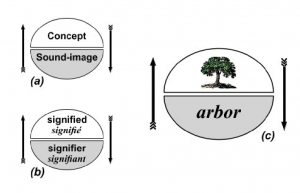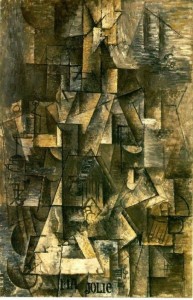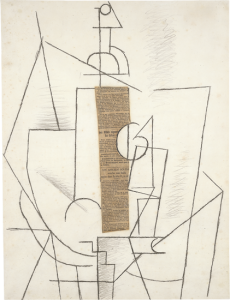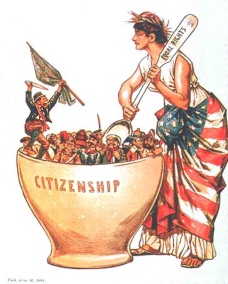Hey bloggers,
Due to our CAP joint lecture today about Black Lives Matter I thought I would talk about subjects in each class that overlap in a few ways. In our discussion regardless of the discipline there were definitely some recurring themes. I believe the biggest idea was that of identity.
In ASTU we refer to Judith Butler and her distinctions between “us” and “them”. According to Butler, we feel responsible to a community to which we feel a belonging on the basis of nation, territory, language, or culture. Her argument is that we do not grieve people that we do not identify with, as we are not responsible for them. When discussing the issue of institutionalized racism in class today, it seems as though this would not apply to any of us, especially in a program such as Global Citizen (or am I naïve to think that?). So in America’s case, it seems there is a large population that fits Butler’s theory, as we can see in the amount of Trump supporters. However, how can we break those views of “us” and “them”? After all, black people live among white people speaking the same language, sharing the same territory.
In Geography during our Nationalism chapter we talked about assimilation in contrast to multi-culturalism. We came to the conclusion that assimilation creates resistance, as people being integrated feel oppressed. On the other hand, we thought of our own city, Vancouver, and how multi-culturalism has affected it. As we saw in lecture, there are areas created that are primarily of one ethnicity. Richmond is of majority Chinese while North Surrey is South Asian and Indian. Toronto was used as an example as well, where Markham and Brampton are primarily Chinese and South Asian respectively. These divides in the community are dangerous in the sense that it divides the population and could potentially encourage racism, but on the other hand creates more of a sense of belonging for people that identify with the majority. Vancouver can definitely be called multi-cultural, yet it is quite segregated. In the case of black lives, it isn’t the culture that is a problem since most American black people were assimilated long ago, but it is this institutionalized racism that is the issue. Nevertheless, the idea of identity and division relates.
Sociology talks about socially constructed barriers and therefore encompasses all of these identity issues with race, gender, culture, class, you name it. The argument here is slightly different, however, as the belief is that these social barriers were created by elites of society, usually in the past but have stood the test of time. According to sociology, race is socially constructed and is a remnant of our history. This brings me to wonder: Is the only solution time alongside awareness? Since race was socially constructed long ago by elites, is the solution to have elites of today’s society redefine society? How is this possible?
My biggest question which troubles me deeply is how to get rid of these distinctions that divides us. What are the steps necessary to become a global society? Is it possible? Is this even desirable? Please let me know what you think, I’d be interested in knowing your opinions.
Until next time, blogging off…
Ryan





 ed to as a melting pot, because of the mass immigration that has been ongoing since basically its discovery, and the assimilation of all cultures into one. This flow towards the “new world” that once was is now a two-way road, as modern North American students are finding opportunities in Europe, and international students choose to study in North America. Professor Dilley spoke to us about the increased fluidity that allows people to move all around to world with ease. This is the direct tie to losing our roots. Our family trees will branch off so far with future generations being born all over the world, that our original roots will be lost and it will be a question of citizenship as opposed to ethnicity. I identify myself as a French and Canadian citizen, yet my roots do not extend to either of these countries. I don’t feel as if I am a completely “Canadian” or “French”, as I am just a citizen with no ancestry rooted into these countries.
ed to as a melting pot, because of the mass immigration that has been ongoing since basically its discovery, and the assimilation of all cultures into one. This flow towards the “new world” that once was is now a two-way road, as modern North American students are finding opportunities in Europe, and international students choose to study in North America. Professor Dilley spoke to us about the increased fluidity that allows people to move all around to world with ease. This is the direct tie to losing our roots. Our family trees will branch off so far with future generations being born all over the world, that our original roots will be lost and it will be a question of citizenship as opposed to ethnicity. I identify myself as a French and Canadian citizen, yet my roots do not extend to either of these countries. I don’t feel as if I am a completely “Canadian” or “French”, as I am just a citizen with no ancestry rooted into these countries.